40% damaged bearings caused by insufficient lubrication. Do you know 11 ways of bearing lubrication ?
It’s important to lubrication during using bearings .In many cases, bearing damage is caused by poor lubrication. According to statistics, about 40% of bearing damage is related to poor lubrication. In order to enable the bearings to be well lubricated, we analyzed the situation and concluded that there are 11 types of bearing lubrication.
11 ways of bearing lubrication:
First, manual lubrication
This is the most primitive method. In the case of insufficient lubricant in the bearing, use an oiler to supply oil. However, this method is difficult to maintain a certain amount of oil. Because of the danger of forgetting to refuel, it is usually only used in light load, low speed or intermittent motion. When it is best to operate, a dust cover or ball valve is provided on the fuel hole. And use felt, cotton, wool, etc. as a filtering device.
.png)
Second, drip point lubrication
It is usually used for light and medium load bearings with a peripheral speed of less than 4 ~ 5m / s. It is used to supply a roughly fixed amount of lubricating oil from the container via holes, needles, valves, etc. The most classic is the drip oil cup. Significant changes in oil viscosity, bearing clearance and oil supply hole position.
.png)
Third, oil ring lubrication
The ring that hangs on the shaft and can rotate brings the lubricating oil from the oil pool to the bearing (only for the lubrication method of horizontal shaft). It is suitable for medium and high speed bearings with a shaft diameter greater than 50mm. The oil ring is best Seamless, when the bearing aspect ratio is less than 2, only one oil ring can be used, otherwise two oil rings are required.
.png)
Fourth, oil rope lubrication
Relying on the capillary and siphon action of the oil rope, the lubricating oil in the oil cup is introduced into the bearing. It is mainly used for light and medium-load bearings with a peripheral speed of less than 4-5 m / s. In addition, the oil rope can filter during the entire process. Role.
.png)
Fifth, oil pad lubrication.
Use the capillary action of the oil pad to apply the lubricating oil in the oil pool to the surface of the shaft diameter. This method can always keep the friction surface clean, but dust can also block the pores and cause insufficient oil supply. The oil supply of oil pad lubrication is usually only 1/20 of the oil lubrication.
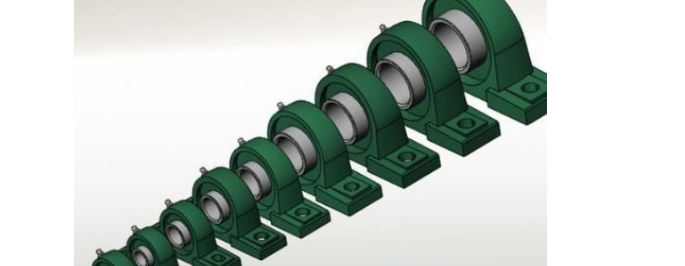
Sixth, oil bath lubrication
This lubrication method is to immerse a part of the bearing in lubricating oil. It is often used for thrust bearings of vertical shafts, and is not suitable for radial bearings of horizontal shafts.

Seventh, splash lubrication
The lubricating oil splashed by the flapping of the rotating parts in the oil tank is supplied to the bearing, which is suitable for higher speed bearings.

Eighth, oil mist lubrication
The dry compressed air is mixed with the lubricating oil by a sprayer to form an oil mist, which is injected into the imported motor bearings, and the airflow can effectively cool the bearings and prevent the intrusion of impurities. This method is suitable for the lubrication of high-speed and high-temperature bearing components.
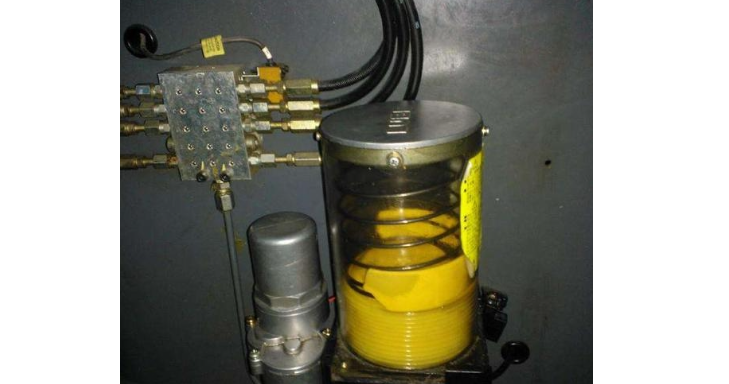
Ninth, pressure oil lubrication
It supplies oil to the bearing by the pressure of the lubrication pump, and recovers the lubricating oil flowing out of the bearing to the oil pool for recycling. It is the most stable and lubricating method with the largest oil supply. It is suitable for high-speed, heavy-duty, and important sliding bearings.
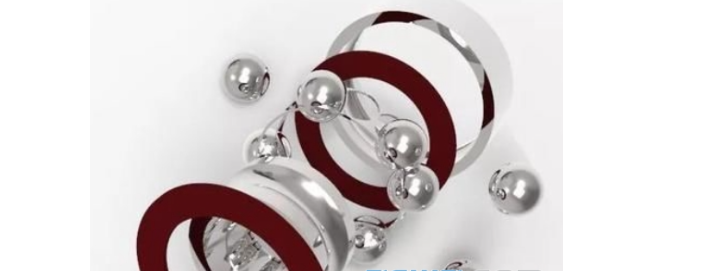
Tenth, circulating oil lubrication
The filtered oil is delivered to the bearing parts with an oil pump, and the lubricating oil after passing through the bearing is filtered and cooled before being used. Since the circulating oil can take away a certain amount of heat and cool the bearing, this method is suitable for bearing components with high speed.
Eleventh, high-pressure jet lubrication
Use an oil pump to shoot high-pressure oil into the bearing through the nozzle, and the oil injected into the stainless steel bearing flows into the oil groove through the other end of the bearing. When the bearing rotates at a high speed, the rolling elements and the cage also make the surrounding air flow at a relatively high rotation speed. It is difficult to send the lubricant to the bearing by general lubrication methods. At this time, the lubricant must be sprayed by high pressure spray To the bearing, the nozzle must be positioned between the inner ring and the center of the cage.
Bearing damage caused by poor lubrication is also a common situation. Here we mainly analyze the different levels of bearing damage caused by poor lubrication, so that everyone can adopt a reasonable solution according to the situation.
Bearing damage caused by insufficient lubrication can be divided into the following four levels:
First Class Damage-Thermal Discoloration
Discoloration due to sudden rise in operating temperature.
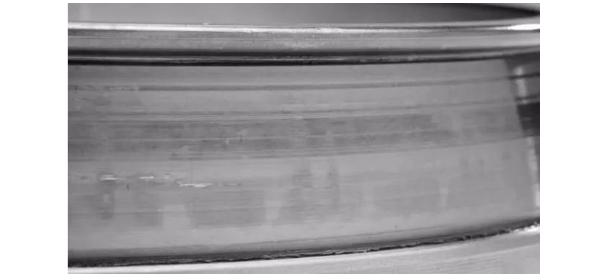
Second level damage-abrasion and flaking
Heavy load, low speed or sudden rise in working temperature makes the oil film too thin and causes micro peeling
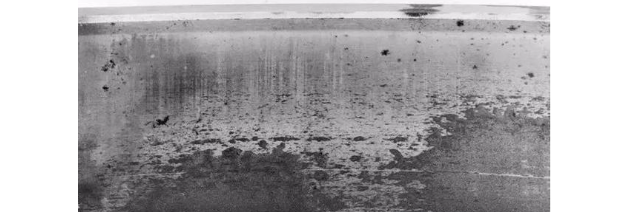
Third level damage-thermal damage caused by overheating of the roller end
Thermal damage caused by metal-to-metal contact
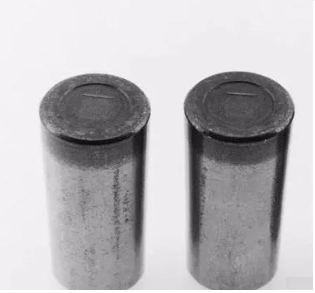
4th Level damage-the entire bearing locks up
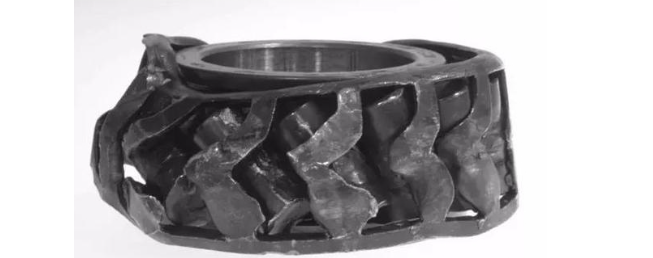
How to ensure reasonable lubrication? Correct lubrication and regular maintenance can avoid bearing damage caused by lubrication problems. To ensure proper lubrication:
1.Follow the usage guidelines set by the equipment manufacturer for each device;
2.When adding grease, it should be charged between the bearing rolling parts and the housing (or retainer) to ensure that a sufficient amount of grease enters and the key raceway surface is fully lubricated;
3.Pay attention to when the bearing should be greased;
4.Indicating instruments for monitoring equipment in order to detect early signs of problems, such as temperature fluctuations and / or abnormally high temperatures;
5.Pay attention to equipment noise or abnormal vibration;
6.Observe lubricant leakage;
7.Take regular samples of the lubricant and see if it is contaminated.

 Skype
Skype

